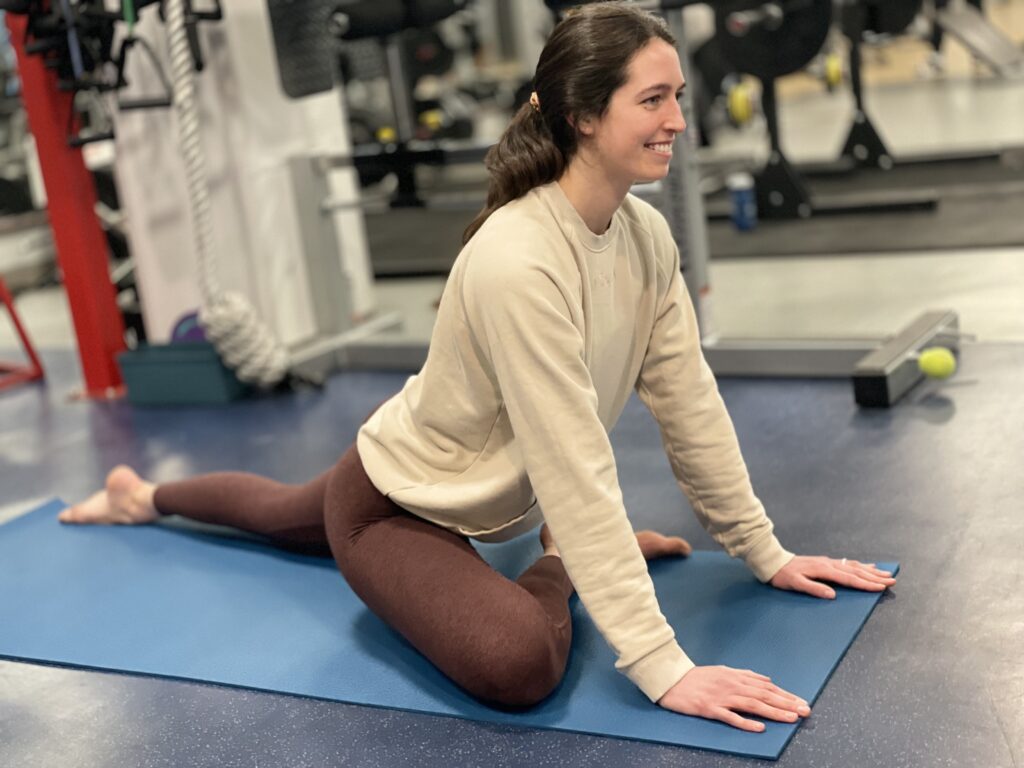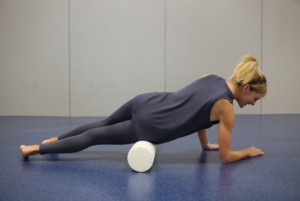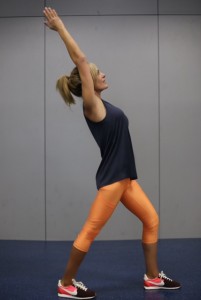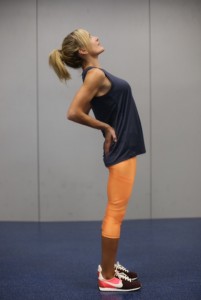Hips move, as they are mobile joints just as your neck, shoulders and ankles are. All muscle helps us move and maintain our posture, especially the hip complex.
For many of us, we don’t stretch them enough and end up with tight hips, specifically the external rotators. If you do stretch regularly, you know that Pigeon Pose is an excellent hip and buttock stretch that can help you restore movement to these areas. But it can hurt sensitive knees, or be impeded by a current injury, as it requires the shinbone to be at a 45 degree angle beneath the front hipbone.
Hips need both good mobility and strength in every activity from walking to skiing. The main job of the external rotators of the hips is to stabilize the pelvis during the swing phase of walking. For example, when you step out on your right foot, as you transfer the weight into that foot, there is a moment in which you are standing on one leg.
As your foot and leg absorb your body weight, the hip internally rotates as you step. At the same time, the external rotators of the right hip tighten to keep the pelvis level to the ground as you swing your left foot through to step on it. This action slows down the knee as it moves toward the midline of the body, so your knees don’t collapse inward.
Good hip mobility and strength allow you to have better biomechanics from the hip down to the foot. Tight or weak hips affect not only a normal gait, but every activity that you enjoy doing.

Pigeon Pose
When your hips are too tight, you may feel crooked, sore, or admit to yourself that you really need to do some yoga. When your hips aren’t tight—particularly the posterior muscles of the rear—walking, getting out of the car, climbing stairs, or skiing can feel effortless.
Here are two variations to Pigeon Pose that you might like to add to your daily stretching routine.

1. Figure 4 stretch using the wall
Figure 4 is an excellent stretch for the external and internal hip rotators, including the piriformis and glutes.
Tip: The piriformis is one of the six external rotators of the hip. (The sciatic nerve runs over, under or through the piriformis muscle and can be responsible for sciatica pain.)
Lie on the floor, place your left foot on a wall, and place your right ankle over your left knee.
Let the right side of your pelvis drop away from your right shoulder until your pelvis becomes level.
Hold the stretch to release your hip rotators.
Stretch each side for 20-30 seconds, at least once a day.

2. Figure 4 stretch using a physio ball
- all photos by Connie Aronson
Instructions are the same as the above stretch, ( stretch 1 ) except that you place one foot on a physio ball.
Using a physio ball allows you to create a deeper stretch by gently rolling the ball toward you with the foot that is placed on the ball.
As seen in The Idaho Mountain Express March 24, 2024



